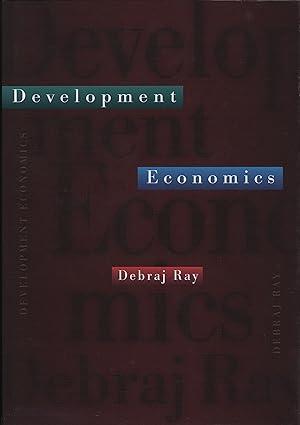A widely observed feature of backward agriculture is the inverse relationship between farm size and productivity; that
Question:
A widely observed feature of backward agriculture is the inverse relationship between farm size and productivity; that is, larger farms tend to produce lower output per acre than smaller ones. Brief sketches of two alternative explanations for this phenomenon are provided in (a) and (b). Elaborate on these arguments, using appropriate diagrams if necessary.
(a) It has been suggested that smaller farms chiefly use family labor for cultivation, whereas larger farms rely more heavily on hired labor. Due to significant rates of unemployment in many rural labor markets, the opportunity cost of family labor may be much lower than the market wage. This may induce small farms to apply more labor per acre relative to large farms.
(b) The following sketch is an alternative “Malthusian” explanation. More fertile land, by providing an abundant source of food, causes families surviving off such land to grow very large. As children in such families become independent adults, the land tends to get fragmented, creating smaller farm sizes.
(c) Compare these two proposed explanations in terms of
(i) Direction of causality and
(ii) Policy implications with respect to redistribution.
(d) Suppose you want to test empirically which of these theories explains reality better. This is not a straightforward task, because both have the same observable implication—an inverse relationship between farm size and productivity. Suggest a way in which you can choose from the two competing hypotheses by analyzing farm data. In particular, what kind of data will you seek for the exercise? (Consider data collected from a region where major land reforms have been carried out recently.)
Step by Step Answer:






